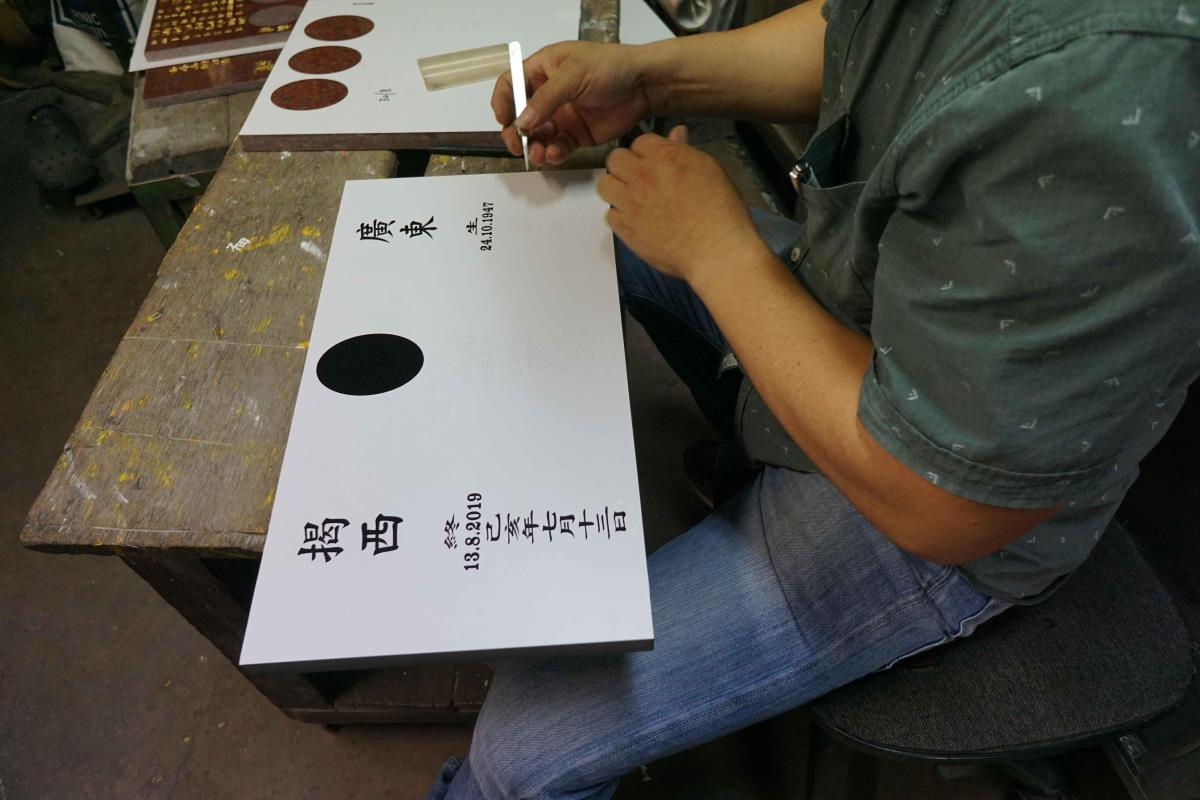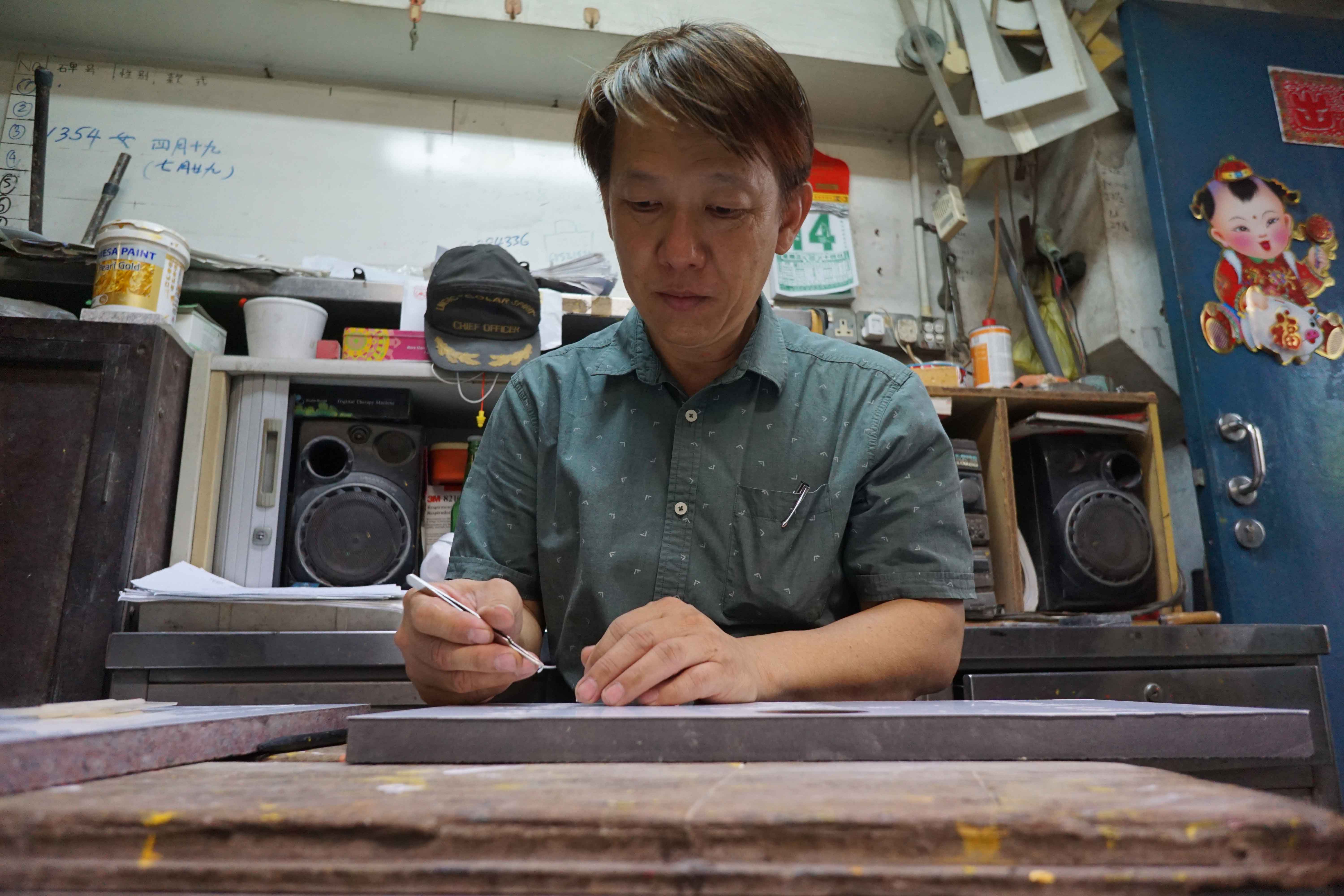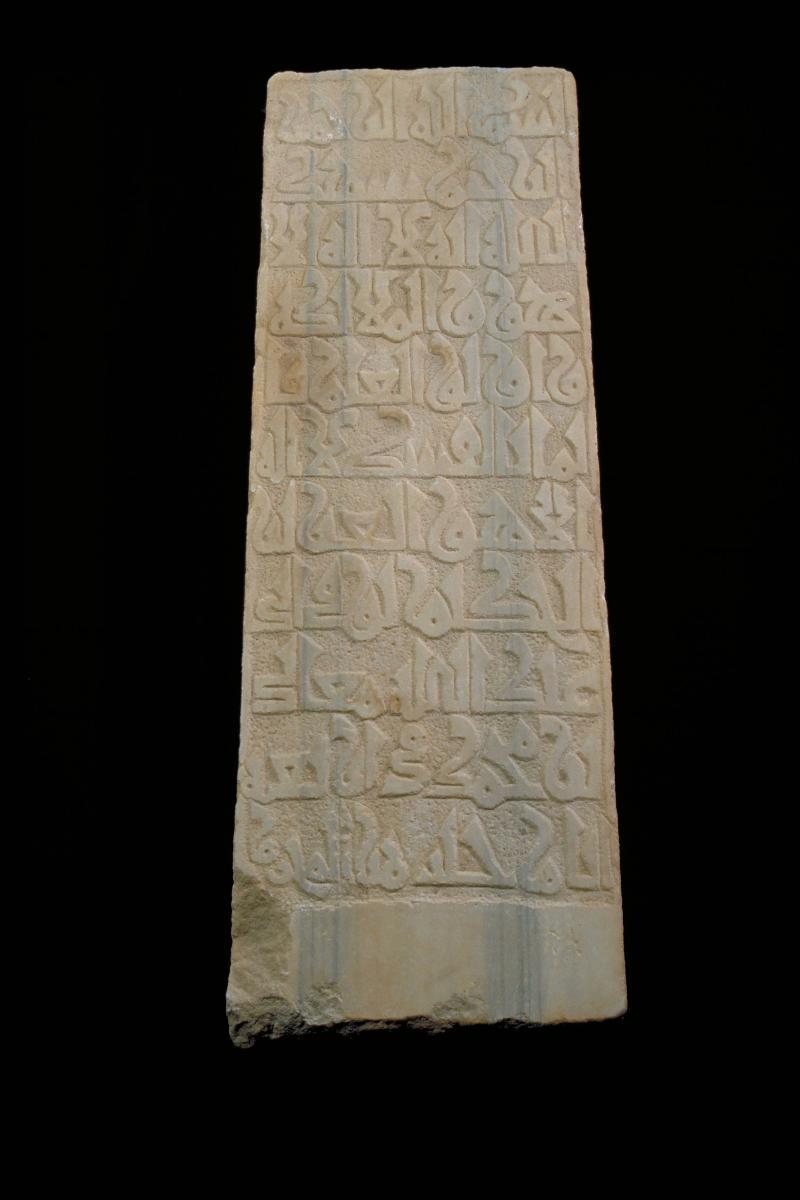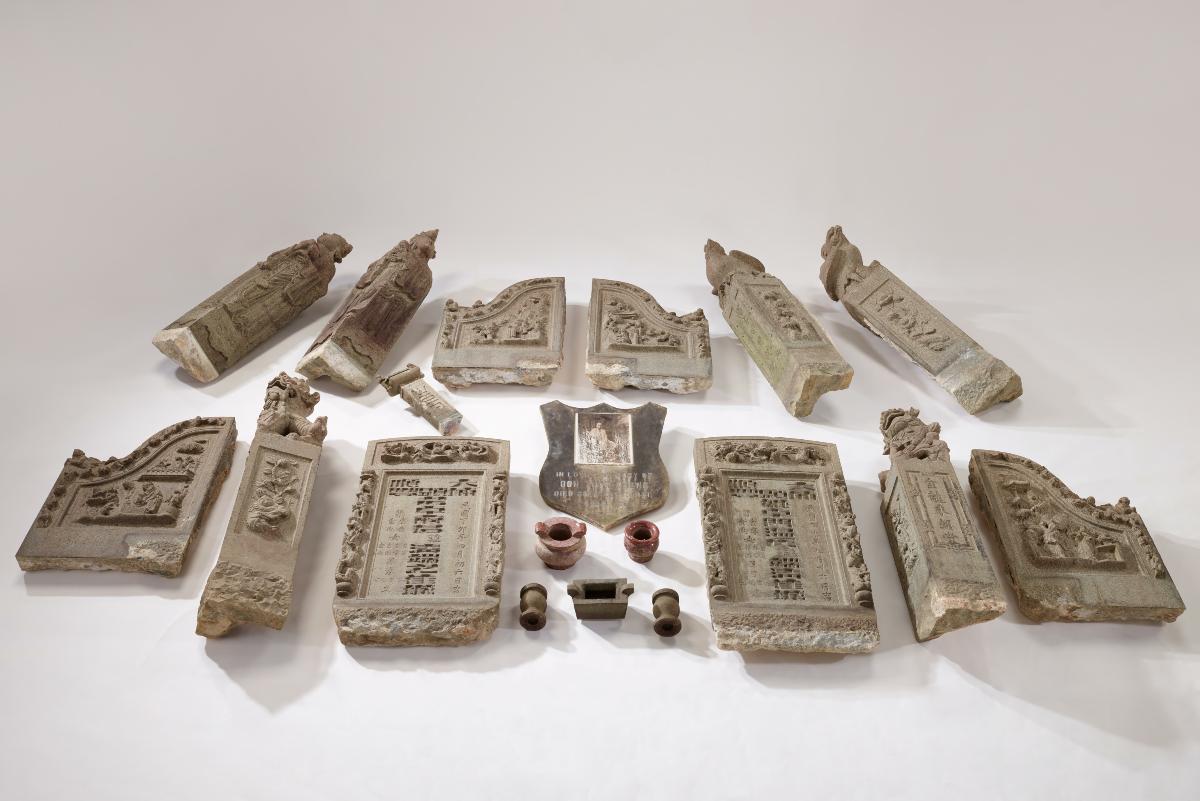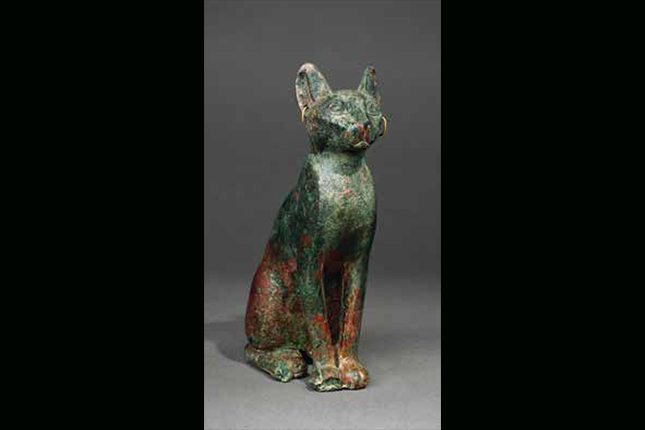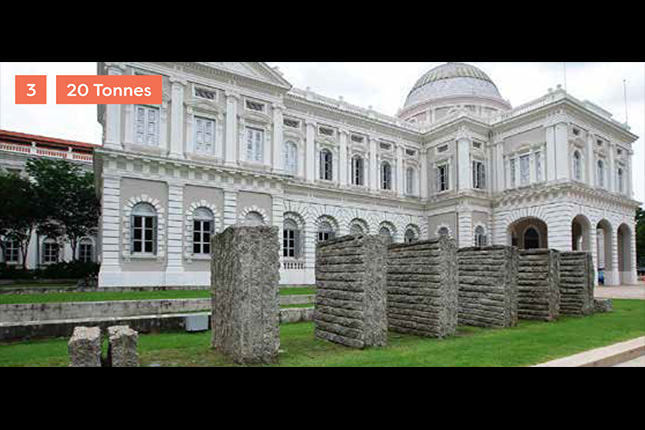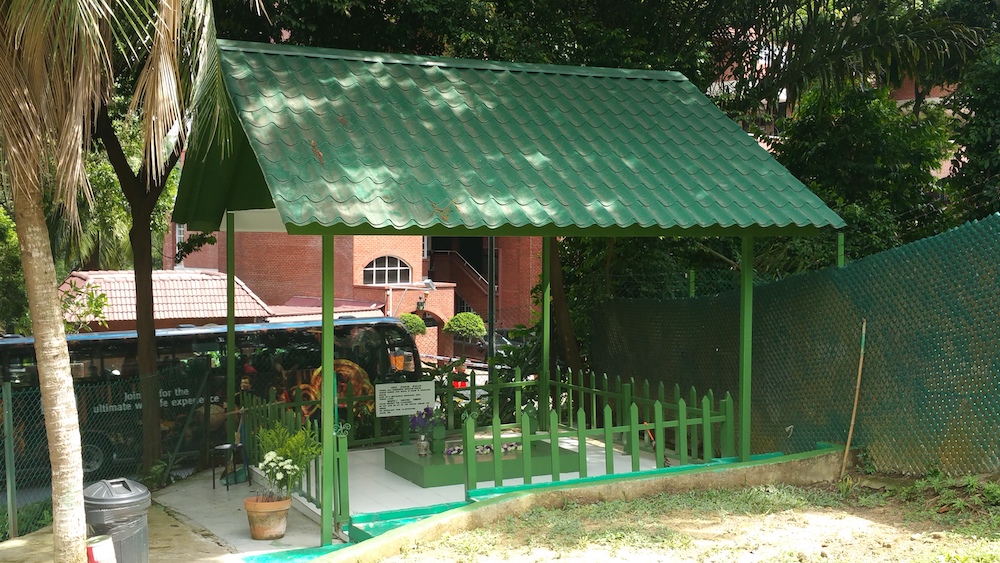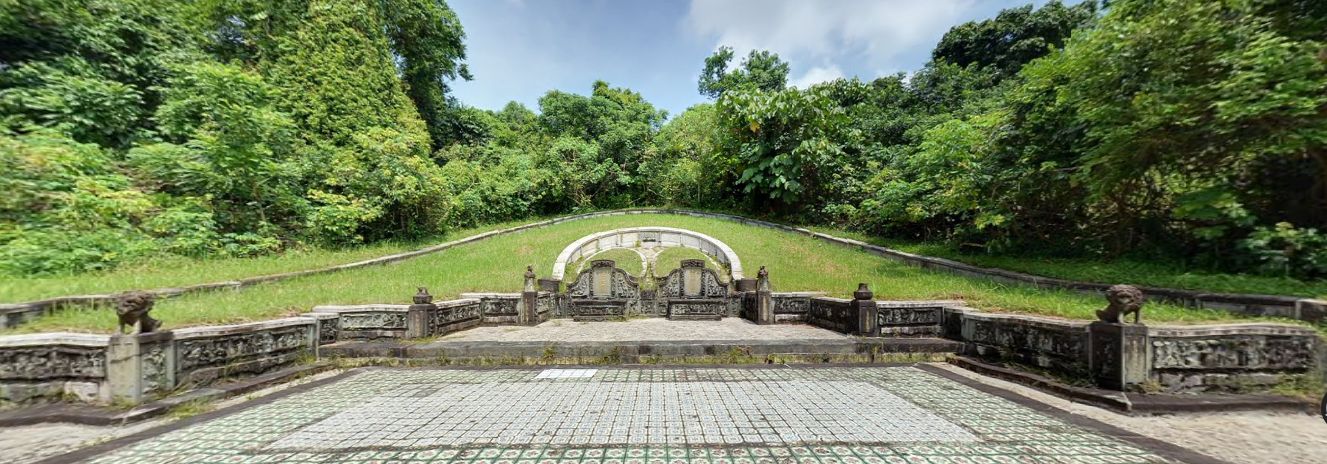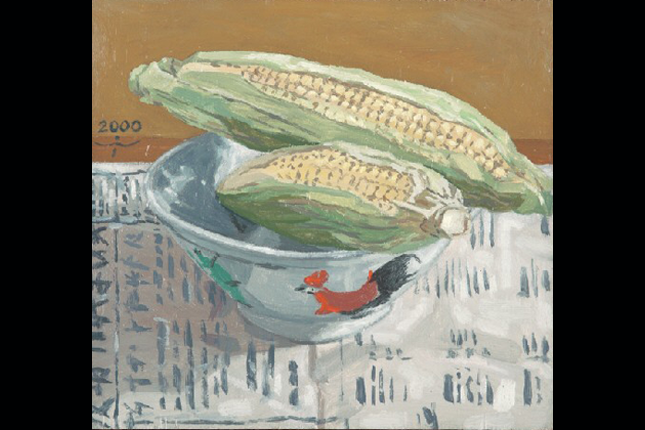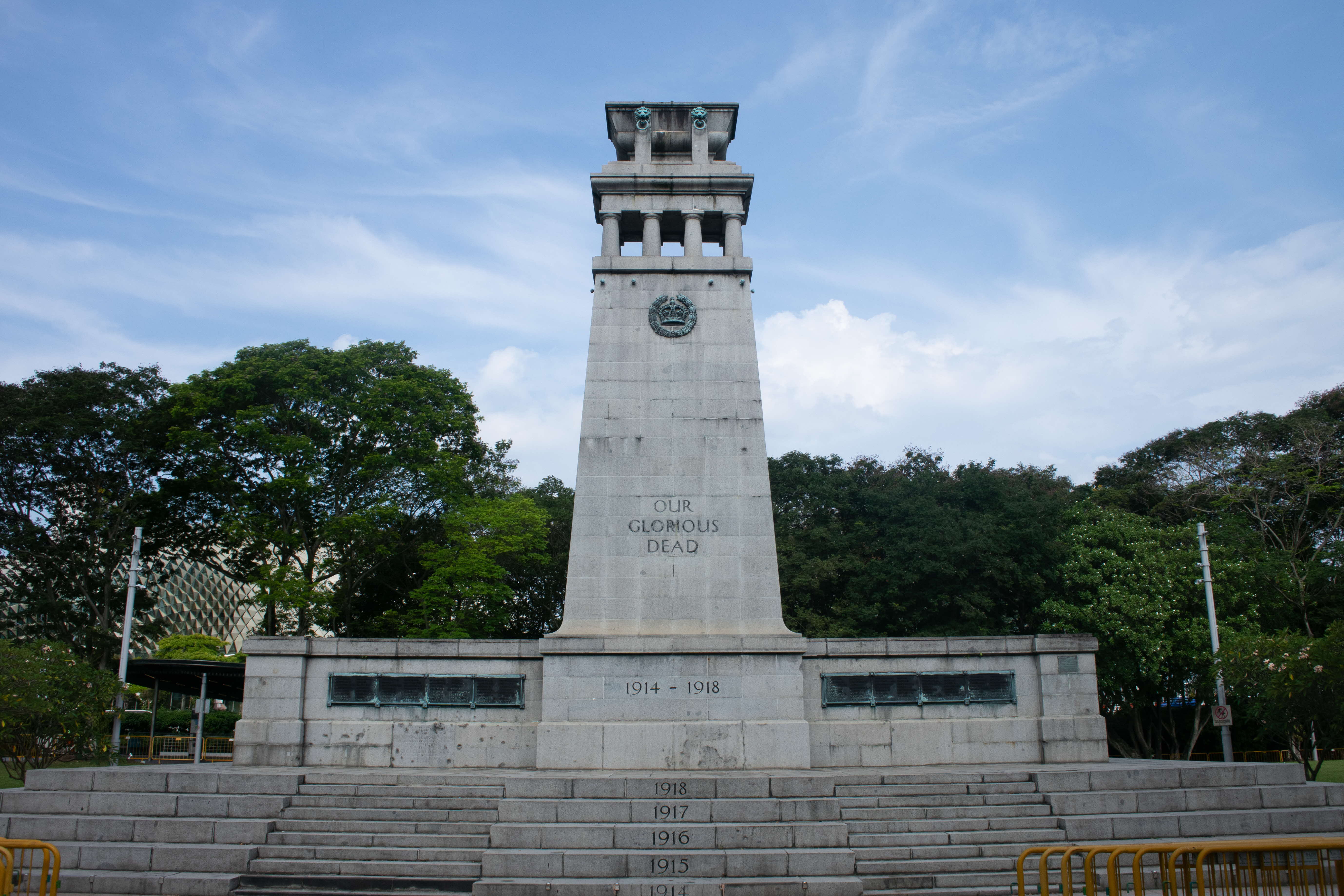Traditional Stonemasonry for the Making of Tombstones
Stonemasonry involves the craft of shaping rough pieces of stones into precise shapes, through techniques such as cutting, moulding, carving, sanding and engraving. Across the world, stonemasonry has been used in the construction of monuments and landmarks of cultural and historical significance.
In Singapore, examples of traditional stonemasonry items crafted through the years include tombstones, stone mills, grinding slabs and mortar and pestles. The work, involving sanding, polishing and engraving, was often been done by hand. Smaller items such as the giling (stone mill) used for grinding spices and rice usually takes one day to make, while tombstones may take up to three days.
Today, the main forms of traditional stonemasonry practised in Singapore is through the carving of tombstones and the making of plaques placed in columbaria.
Geographical Location
Stonemasonry associated with the making of tombstones, is also known as monumental or memorial masonry in countries such as the UK and Australia. Such stonemasonry practices are present in various parts of the world, where stone is readily available as a material for carving of tombstones or headstones.
In Singapore, granite used to be sourced from different quarries, including those in Pulau Ubin and Mandai, for use in stonemasonry. Many stonemasons were located in the area of Kampong Glam, specifically at Pahang Street and Sultan Gate. Pahang Street was also known as Pak Chio Koi (Masonry Street in Hokkien), due to the concentration of stonemasonries located there. With redevelopment taking place, the stonemasonries shifted out of the area by the 1990s.
These days, stonemasons are found in industrial estates such as in Woodlands and Ubi. The stone material used by present stonemasons are usually imported, including pre-cut slabs, granite and marble components moulded from China or India.
Communities Involved
In Singapore, stonemasonry was said to be practised by Javanese craftsmen before the Chinese—mostly Hokkiens and Teochews, dominated the trade in the early 1900s.
Today, stonemasons continue to play an active role in serving various communities for burial needs. This includes supporting the Muslim community, who are currently most closely associated with the practice of burials and tombstone craft, as cremation is prohibited in the religion. Increasingly, stonemasons are also carving stone plaques for niches in columbaria, especially for Chinese, Christians, Hindus and various other communities.
Associated Social and Cultural Practices
The practice of stonemasonry for the making of tombstones serve as a valuable repository of varied ethnic, religious and cultural traditions as practitioners are often skilled at expressing aesthetics, values and heritage of the bereaved people.
For example, Chinese tombstone architecture often holds symbolic meanings and significance specific to the community, and tombs are designed in relation to feng shui principles and beliefs.
As tombs are considered homes for the dead, some graves comprise of elements such as stone statues of door protectors and stone chairs. There may also be figurines such as guardian deity or stone lions located at the tombs, as a symbol of protection. Some graves also contain stone carvings of different Chinese mythological figures and stories, including inspirations from text such as Confucius’s Twenty-Four Paragons of Filial Piety and the Eight Immortals. These carvings aim to educate the younger generation on important life lessons and moral values.
On the Chinese tombstones, the name and logographic characters engraved on stone are usually solely Chinese characters, which are intended to be read vertically downwards and right-to-left, according to the format in traditional Chinese texts.
Experience of a Chinese Mason
Mr Raymond Toh is a second-generation stonemason in Singapore. He inherited the trade from his father- Mr Toh Ah Kim. Mr Toh Ah Kim first picked up tombstone craft skills as an apprentice at Bukit Brown Cemetery, and learned to engrave names and dates on tombstones by chipping out patterns on pre-cut stones. He learned the craft from a stonemasonry master based in Singapore. Mr Toh Ah Kim founded the stonemason company — Yeo Hoe Marble in 1966. In 1993, the company name was changed to Toh Hong Huat Trading.
When Mr Raymond Toh began picking up stonemasonry skills, he had just finished school at the age of 17. Shadowing his father, the younger Toh similarly learned to engrave names and dates on Chinese tombstones and columbarium plaques.
Today, Raymond continues to carve tombstones by hand. Though some parts of the process for creating tombstones has been mechanised- including utilising modern tools such as air-powered angle grinders, he still uses considerable strength and dexterity from his hands to carve patterns manually into stone.
The process involves several steps. First, Raymond creates a digital template of the contents to be carved out, before using this template to cut lines into white adhesive paper that covers the entire top face of the plaque. Second, he places the plaque on his work desk and uses a specialised fine craft blade to peel and remove the portions of the adhesive that forms the words and numbers. This exposes the stone underneath in the shape of the words and numbers, preparing the stone for abrasive blasting. Third, Raymond brings the stencilled stone to the abrasive blasting machine at his workshop. This sand blasting process will create grooves in the stencilled-in portions of the stone plaque, while the area of the stone covered by the white sticker will remain intact. Fourth, the carved stone is brought out to cool momentarily. After cooling down sufficiently, Raymond applies gold-coloured “leaves” (films) on the grooves to create words and numbers. Then he uses a soft brush to gently press the leaves against the grooves. This will set the gold material onto the stone grooves and effectively colour the words and numbers.
Finally, the photograph of the deceased is set in place. The oval groove blasted by sand in step three includes a white oval stone piece for the portrait of the deceased. Raymond’s wife, Mrs Toh, helps with the process of creating the photographs and pasting them onto the white oval stones.
Present Status
Local Chinese stonemasons these days usually do not take up projects that go beyond carving names and dates on the stones. In terms of the methods and tools of the craft, local stonemasons have innovated by using power tools to cut down manual labour and time-consuming processes. Though the scale and scope of stonemasonry practised for Chinese tombstone craft is relatively small in Singapore as compared to places such as China, practitioners have reflected that the small community serve as potential for innovating niche variation, and for practitioners to retain personal and artisanal qualities in their work.
As with other forms of traditional trades, the challenges faced by the traditional stonemasonry trade in Singapore is closely linked to the lack of willing successors to carry on the trade. The demands of the trade-requiring patience and physical labour, seem to be the major factors that deter young people from joining the traditional stonemasonry industry. In addition, more Singaporeans are opting for alternatives to burial, such as cremation and the storing of ashes in a columbarium. Hence, local traditional stonemasons are increasingly working more with columbarium plaques, rather than tombstones and headstones.
References
Reference No.: ICH-084
Date of Inclusion: October 2019
References
Cheng, Pei Yun and Ang, Yik Han. “Eight Immortals”. All Things Bukit Brown, 3 February 2012. www.bukitbrown.com/main/?p=743. Accessed 29 July 2019.
Leow, Annabeth. “Dead end for Tomb Trade.” The Straits Times, 7 April 2012. https://www.bukitbrown.org/2012/04/dead-end-for-tomb-trade.html. Accessed 29 July 2019.
Lutman, Marjana. “Stone Masonry Construction”, Slovenian National Building and Civil Engineering Institute, Slovenia. http://www.world-housing.net/wp-content/uploads/2011/06/Stone-Masonry_Lutman.pdf. Accessed 24 Sep 2019.
National Heritage Board, Kampong Glam: A Heritage Trail, https://www.nhb.gov.sg/~/media/nhb/files/places/trails/kampong%20glam/kgglamtrail.pdf. Accessed 1 Sep 2019.
Nazlina, “Methods of Grinding Spices” Pickles and Spices World, www.pickles-and-spices.com/methods-of-grinding-spices.html. Accessed on 10 Sep 2019.
Singapore Heritage Society. Bukit Brown Wayfinder: A Self-Guided Walking Trail. Singapore: Singapore Heritage Society.
Tan, Kelvin YL. Spaces of the Dead: A Case from the Living, Singapore: Singapore Heritage Society, 2011.




